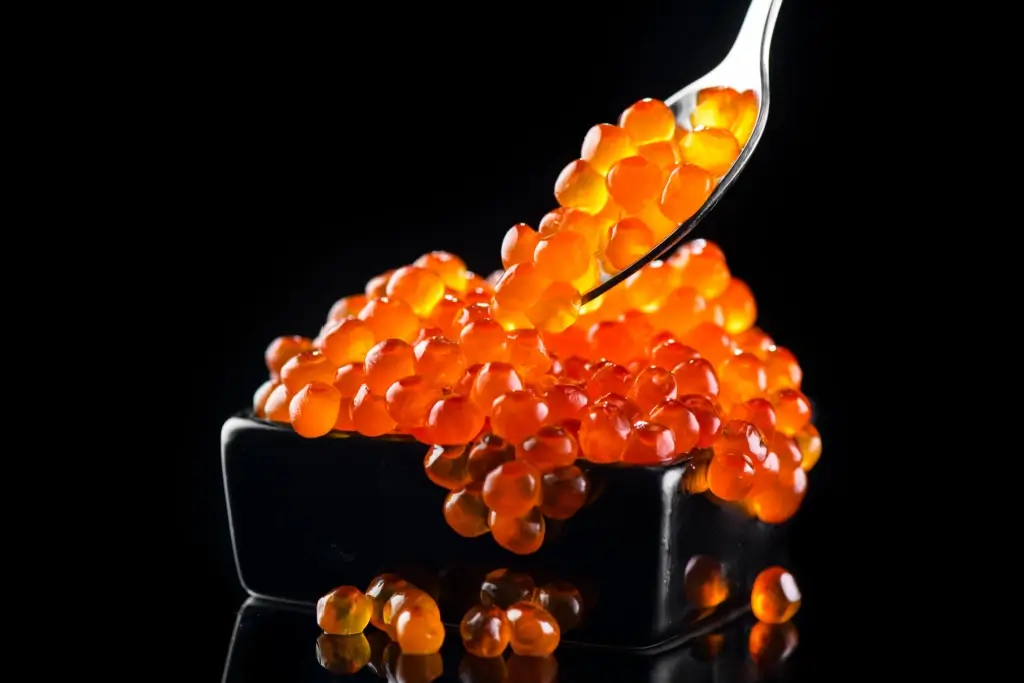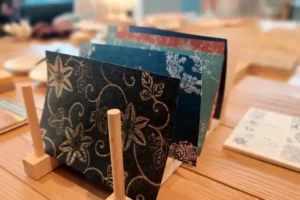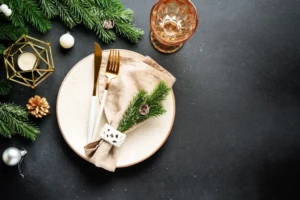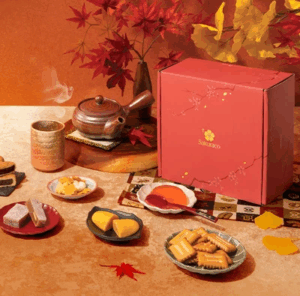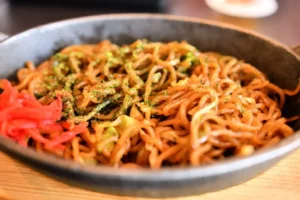Sushi has always symbolized excellence and tradition in Japanese cuisine and the culinary world. With the continuous evolution of Japanese cuisine, sushi restaurants have sprung up everywhere, offering diners authentic culinary experiences. Let’s explore some of Japan’s most famous sushi restaurants that you must visit at least once!
Table of Contents
ToggleSushi Kazuya
Sushi Kazuya, founded by the skilled Chef Kazuya Tanaka, is a cozy place with just eight seats at its sleek wooden counter. Chef Kazuya started his cooking journey at 15 years old. He improved his skills over time to create a menu highlighting the flavors of Fukuoka’s seasonal seafood. The menu showcases the best local ingredients through creative and traditional dishes.
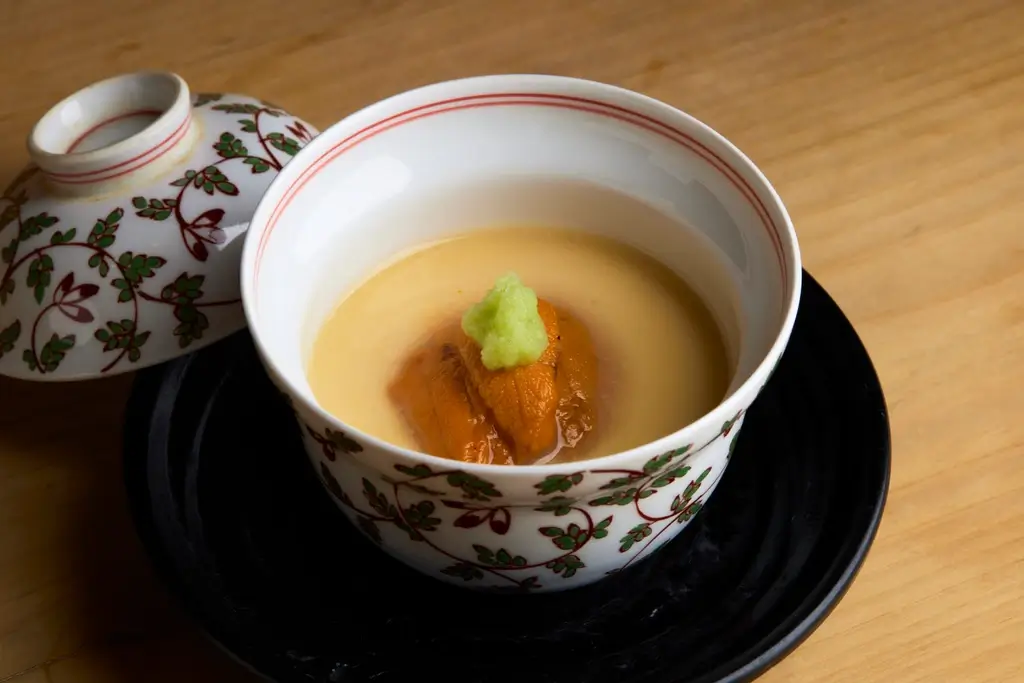
The omakase course is a must-try. It starts with appetizers and progresses to expertly crafted nigiri sushi. Each dish tells a story of the season. Specialties include Japanese blue crab and grilled belt fish cooked over smoky charcoal. Signature items like vinegared sardine rolls and fluffy conger eel sushi combine delicate flavors that melt in your mouth.
Chef Kazuya’s dedication to quality extends to every detail. The rice, grown in Niigata, is seasoned with a perfect blend of red and rice vinegar. Fresh wasabi from Shizuoka and hand-selected seafood from local markets ensure every bite is exceptional. Guests can also enjoy the luxurious “TKG of the Sea”, a colorful bowl of rice topped with caviar, sea urchin, ikura (salmon roe), and even truffles.
Tenzushi Kyomachi
Tenzushi Kyomachi is a legendary restaurant in the center of Kokura, Kitakyushu. It is renowned for its unique style and impressive flavors. Founded by Chef Amano’s father in 1939, it started as a street stall. Over the years, it has evolved into a premier destination for Kyushu-mae sushi.
Now led by Chef Isao Amano, the second-generation owner, Tenzushi continues to innovate while respecting its rich history. The restaurant is known for pushing culinary boundaries and offering a distinctive dining experience.
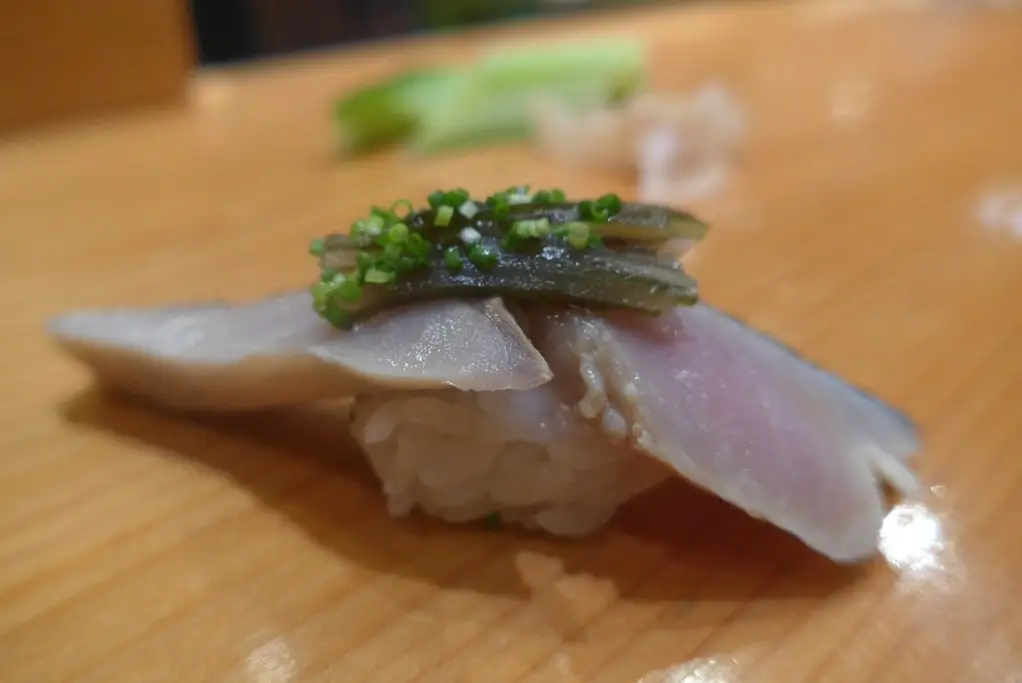
The restaurant’s menu is a symphony of seasonal delights, showcasing the unique “sushi by addition” philosophy. Unlike Tokyo’s Edomae style, which relies on aging and marination, the Kyushu-mae style emphasizes the fresh flavors of local seafood. At Tenzushi, dishes are crafted to blend flavors and textures seamlessly. They often use kabosu juice, a tangy Japanese citrus juice, instead of soy sauce.
Each bite is a work of art. For example, the red squid nigiri is topped with sea urchin, tobiko (flying fish roe), and colorful sesame seeds. The menu includes creative combinations, such as chuutoro tuna marinated in dashi made from katsuobushi (bonito flakes) and baby horse mackerel paired with ginger. Each element reflects a commitment to excellence. This dedication is evident in the organic rice grown in Oita Prefecture and the fresh seafood sourced from Kokura’s Tanga Market.
SHOKUDO YArn
SHOKUDO YArn [sic] is an innovative restaurant in Komatsu City, Ishikawa Prefecture. The husband-and-wife duo, Yuji and Asami Yoneda are the mastermind behind this extraordinary place. The restaurant is set in a beautifully renovated yarn factory belonging to the wife’s family. After training at top European restaurants, the couple returned to Komatsu to create a one-of-a-kind dining experience combining European and Japanese flavors.
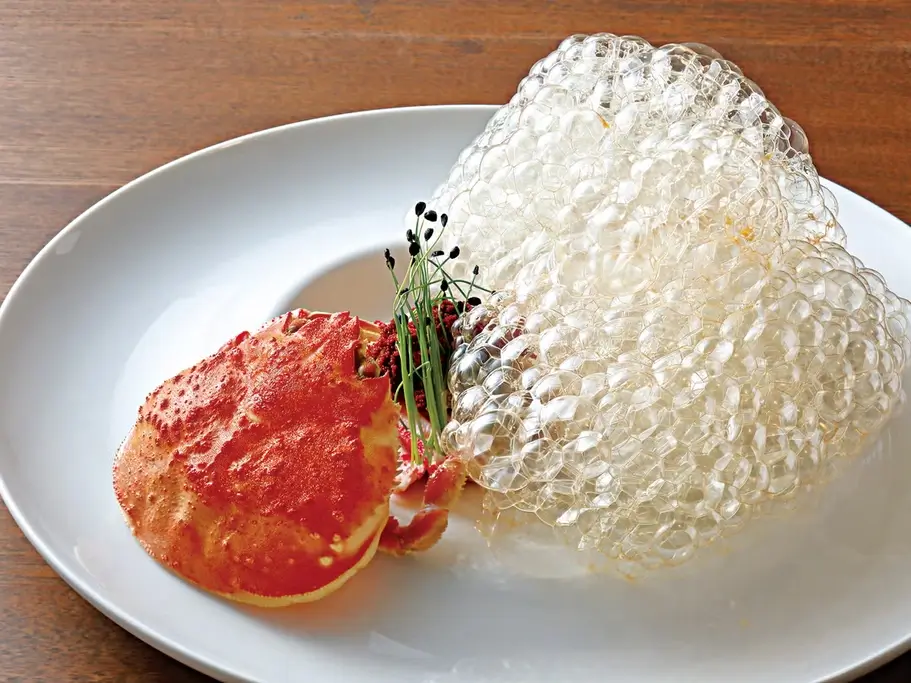
The atmosphere of SHOKUDO YArn is warm and inviting, with its minimalist design and a stunning 200-year-old olive tree in the center of the restaurant. The open kitchen lets customers watch the chefs at work, making the meal even more exciting. The menu features seasonal dishes that combine the best of Japanese and European cooking, with a focus on locally sourced ingredients from Ishikawa Prefecture and neighboring regions. The restaurant even earned a Michelin star for its distinctive cuisine
One of SHOKUDO YArn’s standout dishes is a fusion of matcha with ginger ale, offering a refreshing twist on a traditional beverage. The offerings are also full of surprises, such as chocolate blocks melting into udon noodles or a salad presented like a flower bouquet.
Are you looking for artisanal snacks after a fabulous helping of sushi? Check out Sakuraco! Sakuraco delivers traditional Japanese snacks, teas, sweets, and snacks from Japan to your door every month so you can enjoy Japanese delicacies at any time!

Harutaka
Harutaka is an Edo-style sushi restaurant in Ginza, Tokyo. The restaurant was founded by Chef Takahashi Harutaka, who originally trained for over a decade at the famous Sukiyabashi Jiro, the legendary restaurant. Harutaka opened in 2006 and moved to its current location in 2016. The restaurant’s elegant design includes a 12-seat hinoki wood counter, handcrafted furniture, and seasonal flower arrangements by the chef himself.
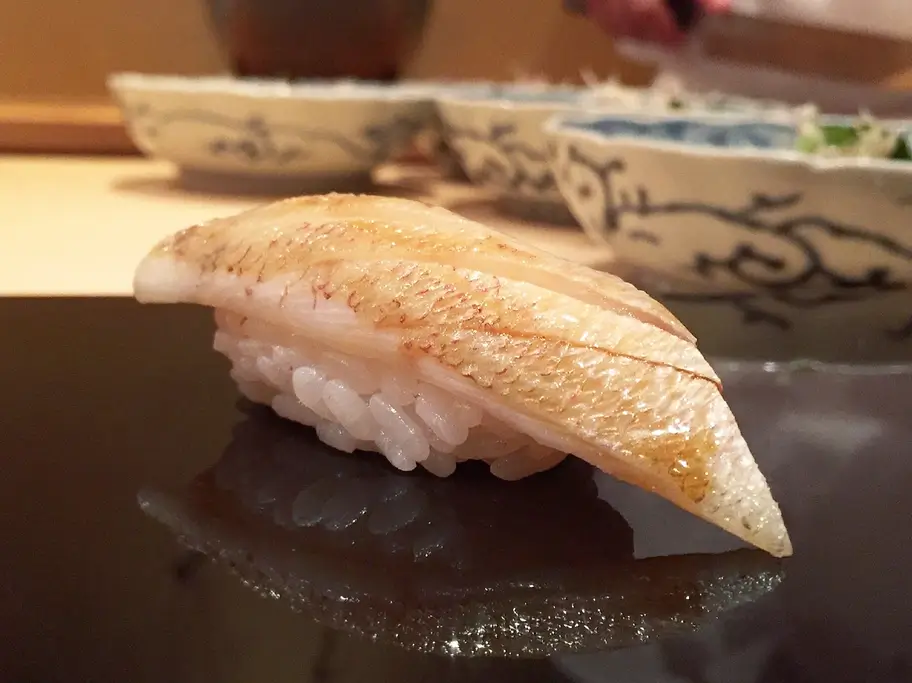
The restaurant’s unique style and careful attention to detail have earned it global recognition, including a three-star rating from the Michelin Guide. Here, dishes are made with fresh fish bought daily from Toyosu Market. The rice, made with a perfect balance of vinegar and salt, is also a key component of the dishes. Some of the most popular types of sushi served include tuna, squid, and anago (salt-water eels). The chef also offers carefully prepared appetizers, such as hamo pike conger, sesame seeds, and grilled bonito.
Sushi Ryusuke
Founded by Chef Ryusuke Yamane, who trained at the prestigious Kyubey restaurant, this spot brings an exciting twist to traditional sushi. The restaurant is small and intimate, with only seven seats, creating a welcoming space for diners.
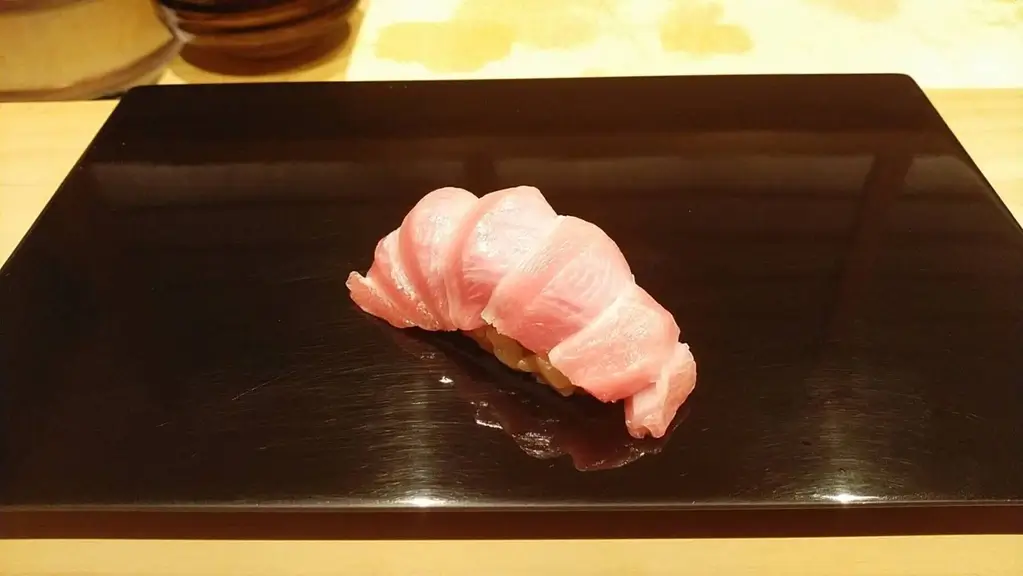
Chef Yamane uses various methods to prepare the sushi, such as using both red and white vinegar for the rice to bring out different flavors. The dishes feature fresh, high-quality fish, like delicate white fish, prime tuna, and luxurious sea urchins. Some dishes also include uncommon pairings to create memorable tastes, such as flatfish topped with fragrant truffles.
The chef takes pride in selecting ingredients from the Tsukiji market, ensuring the best quality for his dishes. In addition to sushi, the restaurant also offers many otsumami (side dishes), such as deep-fried crab croquettes, grilled abalone, and savory chawanmushi (egg custard).
Why are these sushi restaurants special?
These restaurants are special because they bring unique traditions, techniques, and creativity to sushi-making. From honoring local flavors and history to blending Japanese and European cuisine, they reflect a deep respect for culture and innovation. Moreover, the chefs’ care and skill in every detail make dining an unforgettable experience. Which sushi restaurant would you like to visit the most? Share your choice below!

